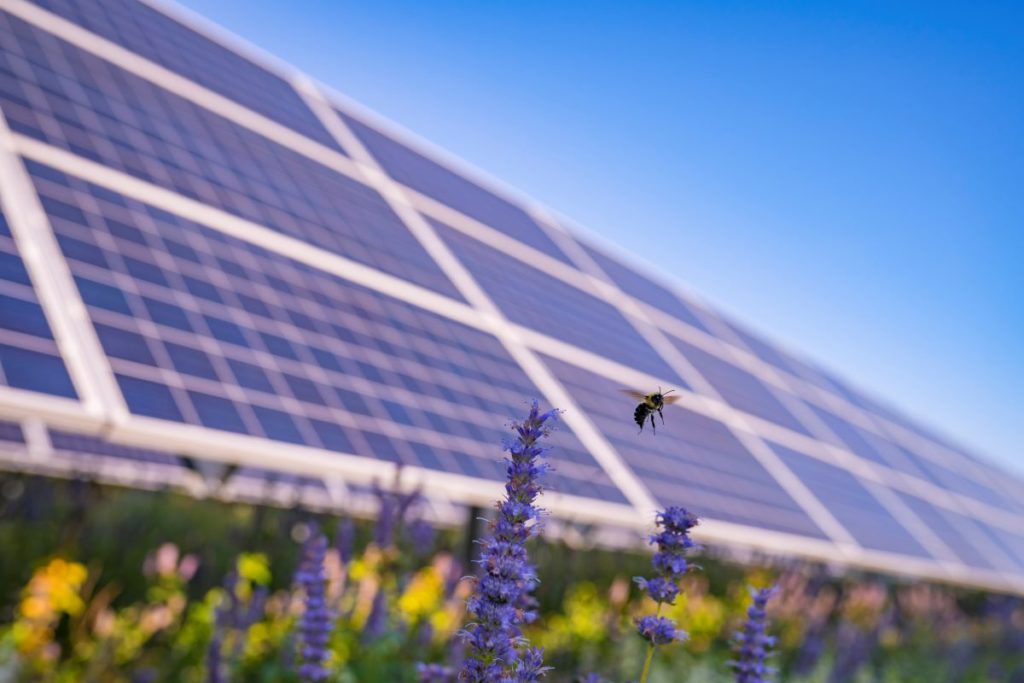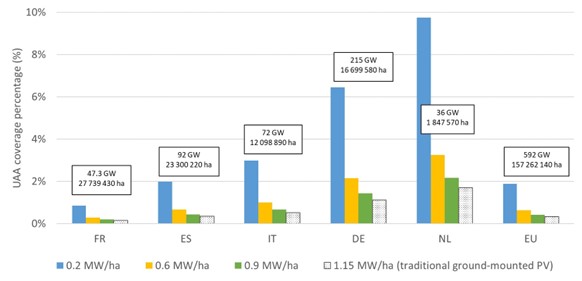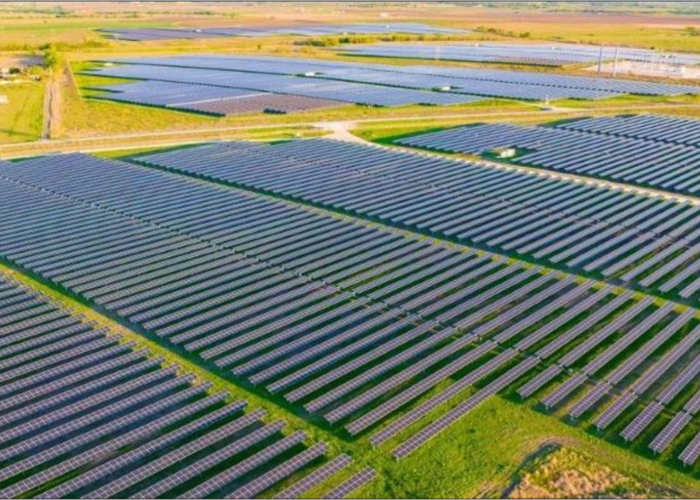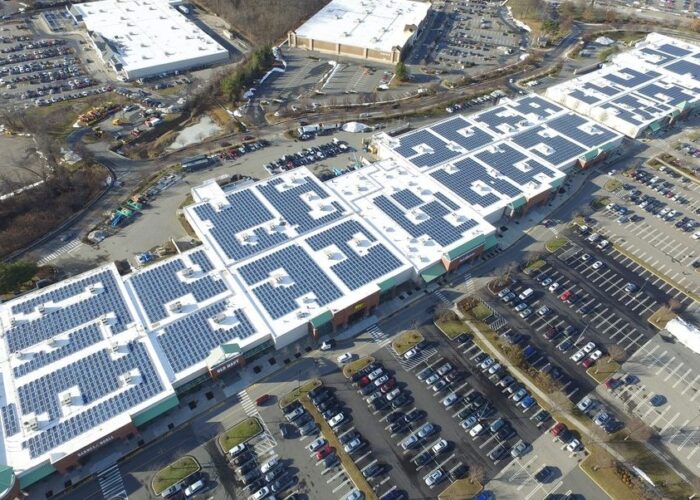
The European Commission has said that agrivoltaics has the potential to exceed the entirety of Europe’s solar PV goals by 2030 through deployments on 1% of utilised agricultural area.
The statement comes off the back of a report from the Joint Research Centre (JRC) analysing the potential and challenges for AgriPV in the European market.
Try Premium for just $1
- Full premium access for the first month at only $1
- Converts to an annual rate after 30 days unless cancelled
- Cancel anytime during the trial period
Premium Benefits
- Expert industry analysis and interviews
- Digital access to PV Tech Power journal
- Exclusive event discounts
Or get the full Premium subscription right away
Or continue reading this article for free
The JRC – the research service of the European Commission – found that agrivoltaic deployments on 1% of currently utilised agricultural area across Europe could yield 944GWp of solar PV capacity, vastly greater than the bloc’s 720GW 2030 target under its Solar Energy Strategy. The findings are based on assumption of 0.6MWh installed per hectare of land.
Around 50% of the EU’s 720GW solar PV target is expected to be deployed in traditional ground-mounted solar arrays, the JRC said, and for the EC agrivoltaics represents an opportunity to satisfy both its EU Solar Energy Strategy deployment goals and the common agricultural policy (CAP), which forms a mandated framework for member states to construct agricultural strategies to preserve the agriculture and farming industry.
The EU recently voted to adopt a revised renewable energy directive, raising the target for installed renewables capacity across the continent from 40% to 42.5% by 2030. This follows the round of revised and increased National Energy and Climate Plans from member states that increased the target deployments considerably. The below graph from the JRC shows the required agricultural area for the five highest NECP countries in the EU.

Europe is one of the global leaders in agrivoltaic adoption, and the practice is already allowing for favourable permitting and being backed by governments in Italy and France.
But the latent potential of European agriPV is not a revelation; research from the Progress in Photovoltaics journal in July also pointed to the vast potential of agrivoltaics across the continent, where the researchers claimed that 51TW of agrivoltaics could ultimately be deployed on all of the available land. This statement from the European Commission, however, puts greater weight behind the technology and its ability to open up new avenues of solar deployment whilst maintaining operable farm land.
Indeed, the dual use of land for food production and photovoltaics offers benefits for both operations. It has been shown in a variety of scenarios with a variety of crops that the shade and shelter beneath a solar panel can protect plants from excessive heat or wind, which in some cases increases yield and in others can open up new areas for cultivation that were otherwise too harsh. PV Tech Premium looked at this particular benefit with regard to rooftop urban agrivoltaics earlier this year.
Plants beneath and around solar modules can also have a cooling effect – as the transpired water vapour from the plants brings the temperature of the panel down – which can help maintain the optimum conversion efficiency of the panel.
Agrivoltaic installations are more expensive than traditional PV projects in terms of upfront cost, as they need more complex EPC and plant design and often more materials. However, dual-use land projects with multiple revenue streams can make the land itself more profitable over the long-term.
In addition to expense, the JRC said that the main barrier to developing agriPV across Europe is in defining what it is. The report said: “It is important to set a clear and concrete definition of AgriPV, together with a European standard for AgriPV systems that will follow harmonised AgriPV policies across the EU.”
It is also crucial that permitting and definitions are clarified so that agricultural projects that install PV are still eligible for agricultural subsidies under the CAP.
To this end, the EC said that it would “encourage” member states to incorporate agrivoltaic incentives into their CAP strategic plans and encourage agrivoltaic projects in state energy tenders.






